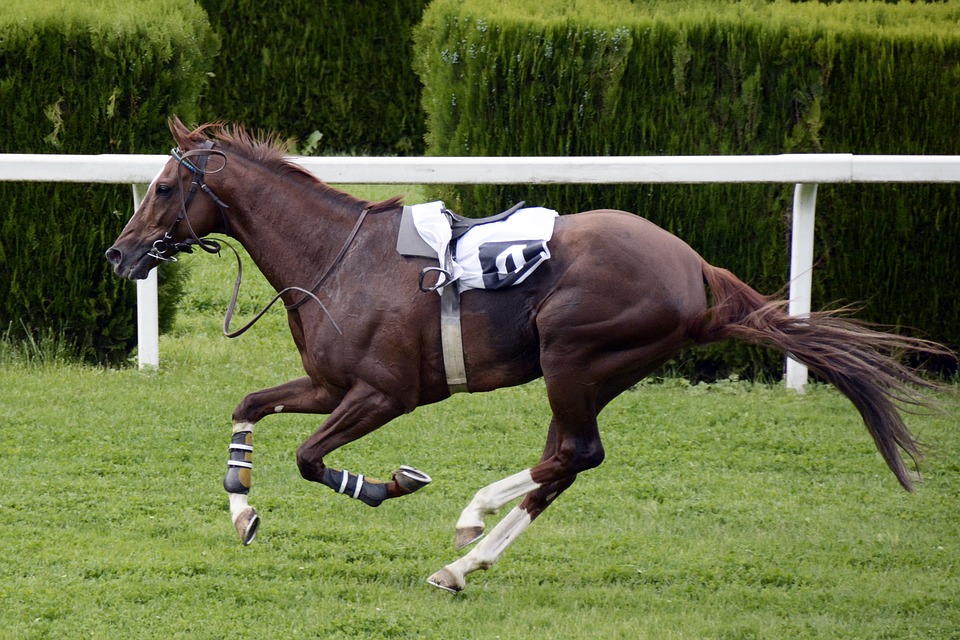
Over the years the use of humans in horse racing became rampant and the majority of the countries where horses are used in racing have real jockeys that control those horses.
Moreover, in this 21st-century technology is fast advancing and some countries that get involved in horse racing are now replacing real jockeys with robotic jockeys.
As people are becoming busy with several activities daily, some developers brainstormed an alternative to real jockeys in horse racing.
Like every other robot that has ever existed to replicate humans, robotic jockeys are already in use in some countries like the UAE.
These robotic jockeys control horses just the same way real jockeys act.
What are robotic jockeys? Are they useful in our world today?
Robotic jockeys are robots designed to replace human (real) jockeys. This robot was launched in the years 2004 by Bookmaker BetBright.
This robot has amazing inbuilt features. For instance, they can ride a horse at some speed levels – up to 30 miles per hour.
Moreover, they can even control the horses to the point of jumping fences of up to four feet.
In some regions like USA and Europe, robotic jockeys are on the move of replicating real jockeys as humans are getting busier daily with other activities that cannot be handled by robots.
Robotic jockeys are useful in the world today because they use Artificial Intelligent features to control racing horses.
This means that the horses will have the same control experience as though it was humans that are controlling it.
According to horse betting experts, robotic jockeys are not yet popular in today's world but from 2025, they will compete with real jockeys in almost all the countries of the world. How will it change betting on horses is yet unknown as outcomes of wagers often depend on human jockey performances and their trainers.
The robotic jockeys have phased out real jockeys in some countries like Saudi Arabia, Qatar, United Arab Emirates, etc. where human jockeys were often used.
In some of these countries listed above, human jockeys were banned because of human trafficking which was reported as human rights abuse; as children within the age range of 4 were used as jockeys.
Other features of robotic jockeys
- They have inbuilt voice control, which allows the robotic jockeys to communicate with humans using speeches
- They don’t get tired as humans do while controlling horses.
- They are lightweight as their body are made of steel
- Their structure is human-like
Will robotic jockeys be an alternative to real jockeys?
Looking at several human functions that are being replicated by robots, robotic jockeys are already serving as an alternative to real jockeys in horse racing in some places like the USA, Europe, etc.
Moreover, getting a robotic jockey will be costly as the AI that was integrated into it uses advanced controlling sensors to detect an obstacle before the horse approaches it.
Can drone racing be an alternative to horse racing?
As technology is quite advancing, drone racing is vast in circulation and it’s being used in certain countries for sports competitions instead of horse racing.
Moreover, to participate in drone racing, the operator has to put on a head-mounted display for instance goggles that can directly connect to the drone camera on board when it’s flying.
As horses are living creatures and are prone to diseases and sicknesses, which can lead to regular checkups and treatments of the horses, horse racing is likely going to be phased out by drone racing in the next coming years.
Also, the cost of feeding those horses that can be used for racing can be used to purchase an intelligent drone racing camera which will likely require minimal maintenance.
Meanwhile, to use drone racing, one has to use some specific type of drone – for instance the FPV drones.
Racing drones are rated by how easy their pilots can navigate when it encounters an obstacle.
A report from FAA shows that legal and acceptable racing drones are meant to have an average speed of 100mph.
For advanced racing drones, users should expect a high speed of about 120mph.
Will robotic jockeys substitute real jockeys in our present world?
The USA is a well-known nation in the world today has implemented the use of robotic jockeys in horse racing.
According to BetBright (the developer of robotic jockeys), his team is working tremendously to complete replace real jockeys with robotic jockeys in the world, most especially in Europe as well as the U.S.
